3D printing is a big deal. It enables the average person to quickly whip up a fix for something around the house, a cool toy, some functional equipment for hobbies, or even rapidly prototype a new product for a business. You can see why it could easily become the next big appliance for homes and garages.
One area it’s bound to have a huge impact on is the car world. Over the past few weeks, my coworker Rob and I have been experimenting with 3D-printed accessories for the new Ford Maverick pickup with good results. I printed a heated/cooled cupholder. My partner Rob printed a dash cubby-mounted phone charger. (You all liked the charger most of all.) The implications of the stuff we designed go further than the parts themselves, though.
The point of our whole print-off wasn’t just so we could print some fun accessories. It was to explore the automotive potential of this now-commonplace technology in a vehicle built for makers. After having lived the life for roughly two weeks, we can confidently offer some tips for beginners looking to get into the hobby.
Starters
Before you embark on purchasing a 3D printer of any kind, even a very cheap one, you should really try to think about what you want to do with it. There are different types of printers, filaments, and resins beyond your wildest dreams—it can be overwhelming. When I started printing in high school, I didn’t have nearly as many options as hobbyists do today, and even trying to keep track of all the advancements today has been a lot for me.
Another thing is that, while the hobby doesn’t technically require computer-aided design skills, such proficiency is really necessary to design parts for your own use. When I got my first printer, I had no CAD skills. But I figured out pretty quickly that if I wanted to make stuff that would be useful to me personally, I needed to learn.
Luckily, there are a lot of options in terms of programs to use in order to design your own parts. Fusion360 is free for hobbyists and probably the most popular, but there is even web-based CAD software like TinkerCAD or OnShape that can provide the sorts of tools necessary to make custom odds and ends. I personally use Solidworks, which you either have to pay for or find some other way of obtaining. Keep in mind most CAD programs have free periods or student editions, so you can play around until you find one you like.
Be wary that many of these tools have rather steep learning curves. While TinkerCAD might be an easy way to jumpstart your 3D-printing journey, you’ll quickly find its limitations and end up venturing into Fusion360 or another piece of software. Don’t get overwhelmed, though, because plenty of great resources exist to learn 3D-modeling basics on YouTube, in Facebook groups, and elsewhere.
Types of Machines
Once you have some proficiency in a CAD program, you can get down to choosing a printer. There are a lot of variables here at play, but for automotive applications, it gets narrowed down a bit. There are two main types of printers you’ll encounter: Stereolithography (SLA) types and Fused Deposition Modeling (FDM) machines.
SLA machines use photosensitive resin to create parts that require some post-processing. SLAs are quickly coming into their own with growing print surfaces and a rapidly dropping cost of entry, but an FDM is typically where most people start.
FDM Printers
FDM printers melt a plastic filament and extrude it layer by layer in order to create a component—making things with the telltale layer lines you probably associate with 3D-printed parts at this point. They are cheap, extremely versatile, and work pretty well for automotive applications, depending on the filament and use case. Before we get into filaments, though, there are two main types of FDM machines to consider: open and enclosed.
Open printers have no enclosure around them, which limits them in terms of the sorts of filaments you can use. The reason why they’re popular is that they typically have larger build areas (which means larger possible prints) and are usually less expensive than their enclosed counterparts. If you want to get into printing as cheaply as possible, buy an open machine and work from there.
Enclosed machines are more capable in a few ways but also have their limitations. They are almost always more expensive, have smaller build areas for a given printer size, and can be heavy. They are, however, capable of printing a wider variety of filaments. If you’re worried about noise, an enclosed machine might also be a bit quieter.
That being said, you can often enclose an open printer using—you guessed it—3D-printed parts. In fact, a pair of cheap IKEA Lack tables and some acrylic can enclose most open printers for under $30.
I use an enclosed FDM machine because I don’t usually have a need to print large parts. I also use filaments that would warp in an open-air printer. Also, my printer is in my office, so noise is a concern. It really depends on what you want to do with your machine, though.
FDM printers also come in various “flavors” that control how their controls lay down plastic, the most popular of which are Cartesian and CoreXY. Cartesian printers, as the name might suggest, use Cartesian coordinates (X, Y, and Z) to move the hotend around the print bed in a linear fashion. They are cheap and easy to set up but aren’t exactly fast to spit out a job. CoreXY, on the other hand, can crank up the speed without a reduction in print quality. They are often costlier and can often be cumbersome to set up, so these are often an “upgrade” for people who have already been in the 3D-printing world for some time.
The biggest challenge for most new printers choosing to go the FDM route is getting the first layer of molten plastic to stick to the print surface. It’s a problem not everyone faces, though, so keep that in mind. If you have this issue, you have to spend some time calibrating the bed. And in the case of a warped print surface, a correction device like Prusa’s SuperPINDA or a BLTouch can be used to offset small surface variations. And to further improve adhesion, some makers will choose to use borosilicate glass, while others will use a spring steel sheet with either a Polyetherimide (PEI) sticker on top or PEI-based powder coating.
Common Filaments
After picking up your first FDM printer, it’s time to choose the filament that you print with. There are going to be a lot of abbreviations here but stay with me, because there’s no need to get deeper into the weeds by spelling out the scientific names.
When it comes to automotive purposes, I would really stick to either ABS, PETG, ASA, or other temperature-resistant filaments. It’s most important you do not use PLA. PLA is a plant-based plastic that begins to soften at around 120 degrees Fahrenheit. Car interiors and underhood areas can regularly reach these temperatures. If you use it, do so knowing your parts will very likely deform over time because of this. PLA is also not an especially strong plastic. There are filaments known as PLA+ that claim to have greater capability, however, I’ve never used them and can’t speak to their quality.
ABS is a great material for a few reasons, but it tends to warp if the build area isn’t enclosed or if the bed isn’t kept around 110 degrees Celsius (230 degrees Fahrenheit). It’s important to make sure that you have a well-ventilated work area when printing ABS, as printing at high temperatures can give off Volatile Organic Compounds (VOCs).
Parts will also gradually degrade in direct sunlight. That being said, I use ABS parts for hydroponic projects, which receive a lot of direct sun as well as exposure to grow lamps, and I’ve never had that issue. Those are the primary reasons why people don’t like it. Otherwise, ABS parts have reasonably high-temperature resistance, chemical resistance, and, as a plus, they are easy to sand, cut, tap, whatever. They will also accept paint/primer with no problem.
If you buy an open machine, PETG is a good choice. I don’t use PETG, but I had friends in college who swore by it. It’s similar to ABS but a bit more flexible and easier to scratch. If you wanna make cheap parts, an open machine with PETG is the best option. That being said, PETG is also a difficult filament to dial in, as first layer adhesion can be a bit difficult and require more “squish” than other filaments. It also tends to stick to printer hotends easily, so a silicone sock is recommended to protect the printer’s delicate electronics.
Other Filaments
The holy grail of automotive filaments is probably nylon impregnated with very short strands of carbon fiber, commonly known as carbon fiber nylon. I’ve never printed it. You need a very hot nozzle, typically made out of tool steel, to extrude it for a long period of time for good results. You also need an enclosed build area. It will produce very strong and impressive-looking parts, but unless you find your ABS or PETG parts just aren’t up to the task in a constrained environment, you don’t have to get into it. Most machines require modifications to run, which is why I say this.
The other unique filament I will mention is TPU and others like it. These are basically flexible plastics that can be used to create things like gaskets, something I’ve done in the past for hydroponic setups. They aren’t perfect and typically require a lot of fine-tuning to print correctly, but the results are impressive once everything is all set up just right. I could imagine them being used for stuff like intake manifold gaskets that don’t get too hot, but definitely not stuff that touches an engine block directly. You may also want to select a printer that has a direct-drive extruder rather than a Bowden-equipped model if you plan to print a lot of TPU. Bowden extruders work by pushing filament through a long tube, which is a problem when the filament is flexible.
SLA Printers
Stereolithography machines use photosensitive resin to create parts. It’s a bit tougher to explain how they work. Basically, a vat full of resin with a transparent bottom sits on top of a high-intensity LCD screen. The LCD turns on and displays an image in black and white. This is the specific layer of the 3D model that it’s printing. Similar to how an FDM printer prints one layer at a time, an SLA printer exposes a single layer to light before passing to the next.
Sitting above the transparent bottom of the resin vat is the build plate, which can move up or down. After keeping the screen on for anywhere from a few seconds to a few minutes, the resin in the areas where the image is displayed will harden, and the build plate lifts a fraction of a millimeter to provide space for another layer. This process is repeated dozens of times until an entire part has materialized. Once the parts are done, the excess resin needs to be washed off—typically in alcohol—and the parts have to be cured under a source of UV light for a period of time in order to get the resin to its full hardness.
SLA machines have a lot of advantages. They can print much thinner layers as compared to FDM machines and, if you adjust your settings correctly, they can make parts much faster, too. In fact, because a single exposure can fill the entire build plate, it takes the same amount of time to print, say, 25 parts as it does one part, so as long as they are arranged side-by-side. The downside is that, currently, SLA machines have relatively small build areas, the resin is reasonably expensive, and the post-processing is a lot for some people. Plus, the resin usually smells and makes a mess. I’m also curious about the impact the resin itself has on human health, as it doesn’t appear to be an area that’s been widely explored.
If you want to print primarily small interior trim pieces, these machines have a lot of potential. The sheer variety of resins out there is dizzying. There are water-washable resins, tough resins, flexible resins, clear resins, and all sorts of stuff.
Choosing a Machine, and Other Things to Get
I have both an SLA and an FDM printer. If you’re curious about which ones specifically, the FDM is a Flashforge Creator Pro 2 and the SLA is an Elegoo Saturn S. The former was around $650 and the latter was closer to $500. Rob has a Prusa MK3S, which runs $799 for a DIY kit, or $1,099 assembled. He also has an Elegoo Mars ($250) and a large-format Prusa XL on pre-order.
The bottom line is that you’ll get more bang for your buck with an FDM and the build areas will be consistently larger. If you need parts with only a basic level of detail and don’t want to deal with any post-processing, an FDM is your best bet.
SLA machines are better for smaller stuff that require a higher level of finish, like miniature figures. You can definitely do bigger parts, but you need more expensive machines and it takes a fair amount of trial and error. There is also post-processing involved and the resin is more expensive, but a lot of people see those things as acceptable tradeoffs. In the end, printers are cheap enough at this point that you can buy and experiment with both if you want. Good quality examples of either type can be had for around $400 each. Lower quality sorts that might take a bit of fiddling or have limited capabilities can be bought for around $200.
There are extra associated costs with both. It will take a while to find a good filament/resin that performs how you want it to. You should also get a wash/cure station if you buy a resin printer, which makes the whole process much easier. Some FDM filaments like ABS also have mildly toxic fumes when printing, so ventilation is necessary. In fact, I recommend using a vent for both machines. A simple duct booster and some drier hose is the easiest way to accomplish solid ventilation out a window.
For FDM machines, goods things to have are a wide selection of sandpaper to get a precise fit and finish on your final parts, several types of pliers to remove support material or pick off imperfections, a deburring tool, and a few metal spatulas/paint scrapers.
SLA machines are a different ballgame. Rubber gloves are a minimum. I also recommend a steady supply of paper towels, hand sanitizer, and a flexible build plate. The latter isn’t standard on most SLA machines but makes a big difference. Finally, get a set of digital calipers. If you want to design your own parts you need to be able to measure things.
The Rest Is Up to You
One thing we didn’t touch on is workflow. Mostly, this is because it varies so much from vehicle to vehicle and even accessory to accessory.
For example, you wouldn’t go about designing a mockup manifold the same way you would a chicken nugget holder. The best bit of advice to give any newcomer to 3D printing is to grab your calipers and get measuring. Look for problems to solve while you begin your 3D-printing journey, and if you’re not proficient at modeling in CAD software, use the small problems you find to dig deep into that rabbit hole.
All in all, it’s a very fun thing to get into, and hopefully, more manufacturers will follow in Ford’s steps and open up their cars to makers.
Got a tip? Send us a note: [email protected]
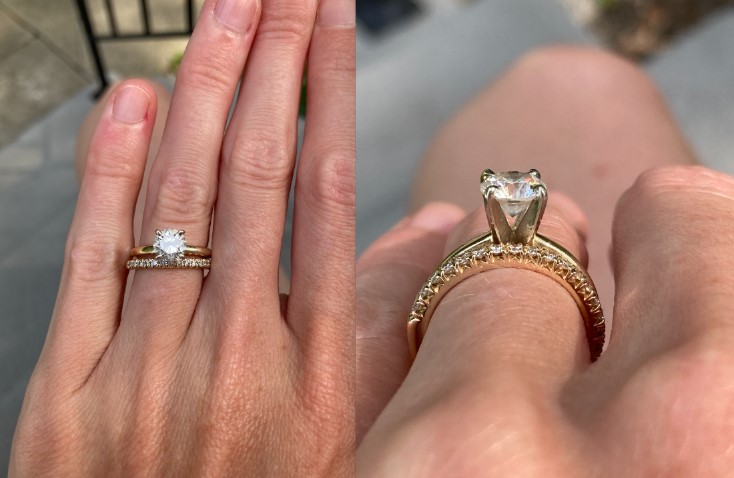
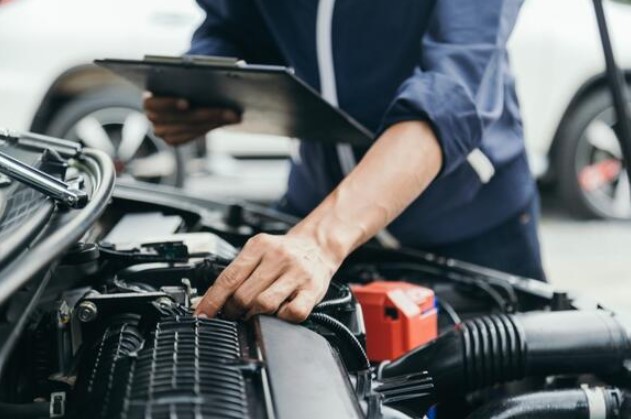
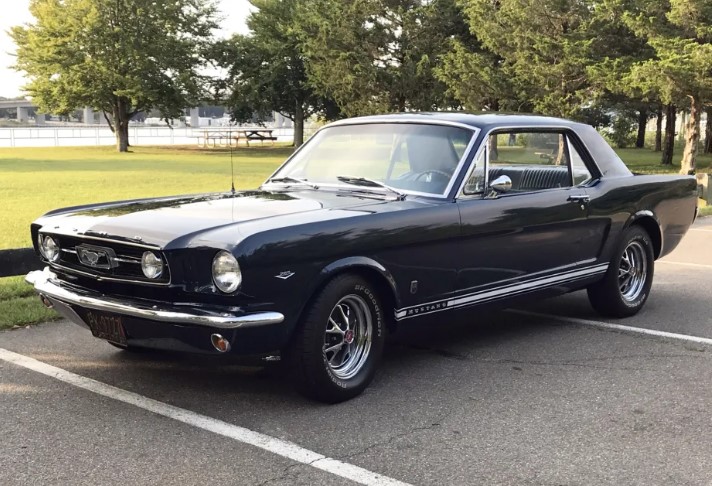

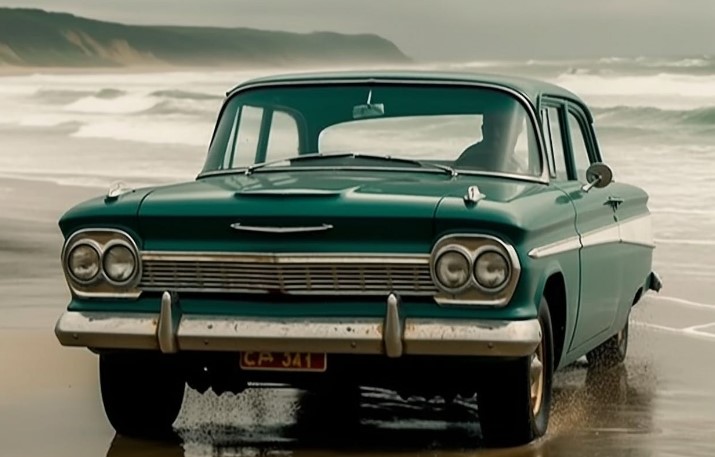
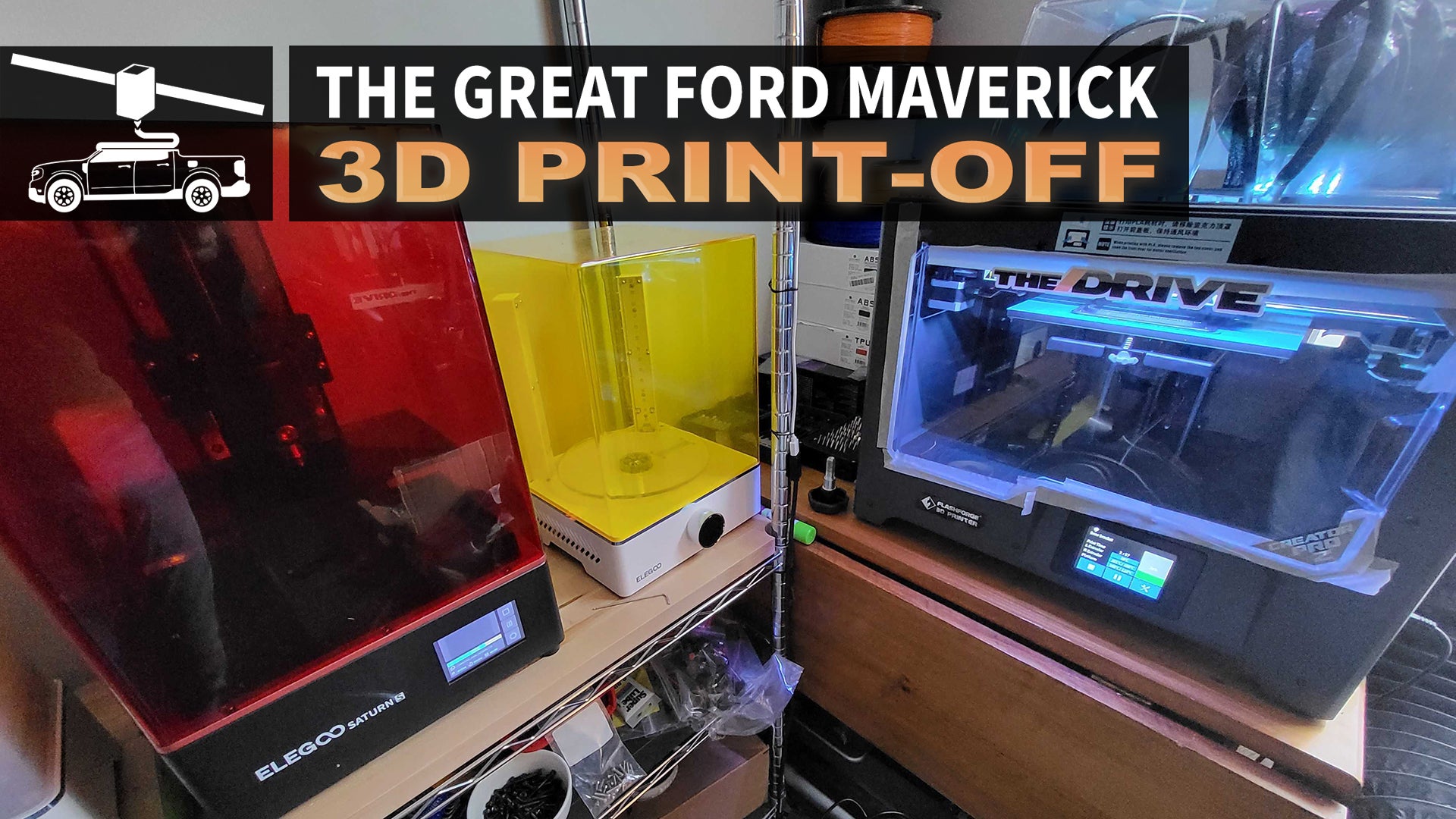
More Stories
Pavé Bands vs. Plain Bands: London Trends
2 Hot Auto Stocks You Don’t Want to Miss out on in 2023
Protect Your Car With These Weatherproof Accessory Deals